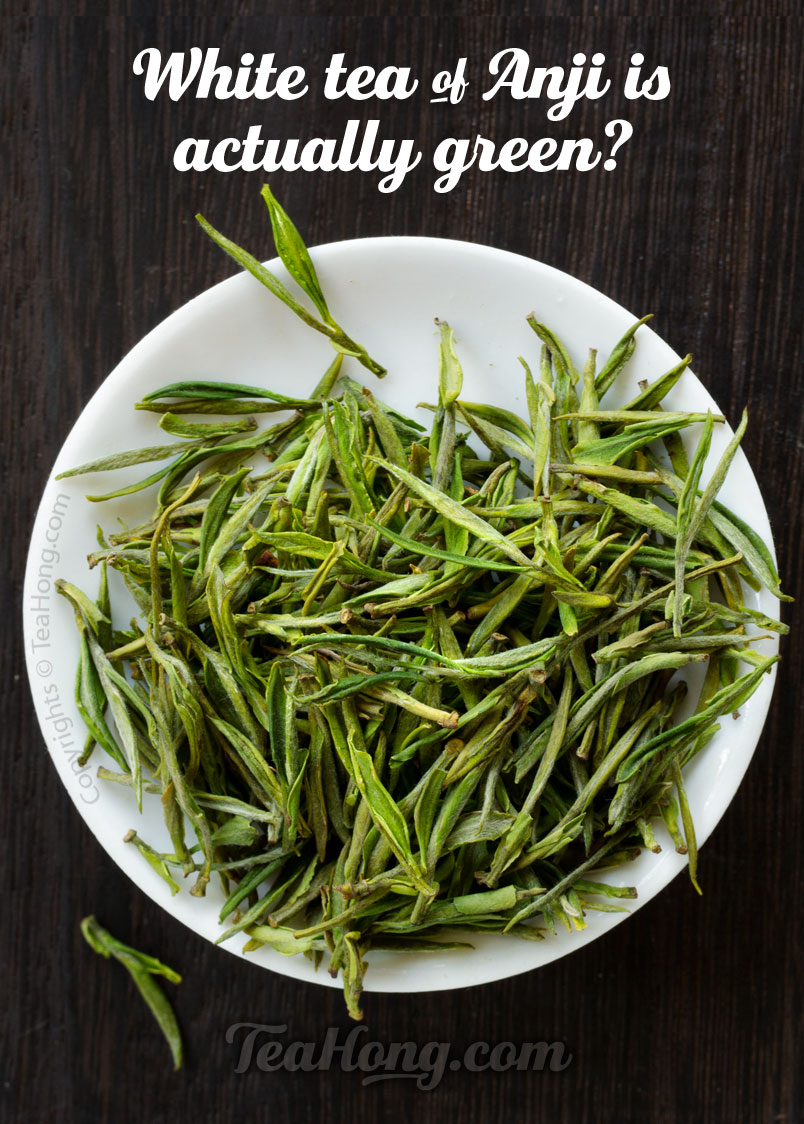Congou
One tea variety popularly seen in mass market tea in the tins is “Congou”. The term is an early romanization of the Amoy ( i.e. Xiamen 廈門 ) dialect for gongfu, referring to gongfu hongcha ( Chinese: 工夫紅茶 ), the black tea subcategory. The group includes such famous names as Minhong Gongfu ( 閩紅工夫 ), Ninghong Gongfu ( 寧紅工夫 ), Dianhong Gongfu ( 滇紅工夫 ) etc. A gongfu black tea is always whole leaves, thoroughly rolled and twisted to very fine grains.
In antiquity, when all works were manual, such extensive demand on skills and labour was quite new from the other teas that those specific tea were used to produce. They therefore describe such teas required a lot of gongfu, i.e. work and dedication per se. That is why the Chinese expression of the term is 工夫 rather than the expression 功夫 ( i.e. gongfu, same pronunciation, but different characters ), the same as that for martial arts, which mean disciplined skills.
The expression Congou in the Western tea world first came about as a supreme quality black tea, and somehow through time and marketing needs, degenerated to a common grade. The use of the term is quite mixed now in mass market tea.
The term Gongfu for this tea subcategory is not to be confused with the expression Gongfu tea infusion ( 功夫茶 ), which original Chinese expression is 功夫, the same as that for martial arts, implying that proper preparation in the gongfu style requires disciplined skill and as in martial arts, speed, precision, and strength.
The term congou and gongfu hongcha appear in these articles:
- Black Tea: Origin & Production
- Black Tea: Tasting & Buying Tips
- Gongfu tea
- Lapsang Souchong, The Original Version
- Naming of a Tea
- On Names
- Romanization of Names
- Gongfu tea
- Minhong Gongfu: Fujian Black Teas
- Oolongs: Minnan (Anxi) Varieties
- Renaissance of Dianhong Part 2: Competition
- 3 Tea Recipes for the Festive Season
- Bailin Gongfu Black Tea
- Black Tea: Between Teabag and Hand-rolled Whole-Leaves
- Black Tea: Health Notes
- Caffeine Content of Various Teas in Water Extract
- Fuding Semi-black: White Tea with a Twist
- Gongfu Infusion/ Chapter 1: The Basics
- infusion colour: Minhong
- Jujube Minhong with Wolfberry tea
- Lapsang Souchong, The Original Version
- Minhong Gongfu: Fujian Black Teas
- Nausea After Green Tea, But I Want It for Health…
- Stallion in Gold, Tieguanyin Turns Red
- Tanyang Gongfu Black Tea
- Tea in the Thermos
- Zhenghe Golden Gongfu, black tea
- An old tea tree that is said to be 3200 years old in Fengqing
- Caffeine Content of Various Teas in Water Extract
- Comparing three Dianhong black teas
- Dianghong King
- Dianghong King
- Dianhong Black tea
- Dianhong Classic Premium
- Dianhong Classic Premium
- Dianhong Classic Premium
- Dianhong Corporation headquarters
- Dianhong Golden, Yunnan’s Black Tea
- Fluorides in Tea: Good or Bad?
- infused tealeaves of black teas: machine processed orthodox Dian
- infused tealeaves of black teas: traditional quality Dianhong Go
- Lapsang Souchong, The Original Version
- Pu’er: Myth of Origin & Reality of Blending
- Renaissance of Dianhong Part 1: the War
- Renaissance of Dianhong Part 2: Competition
- Stallion in Gold, Tieguanyin Turns Red
- Tea of the Resistance
- Tea of the Resistance — Dianhong
- Zhenghe Golden Gongfu, black tea











